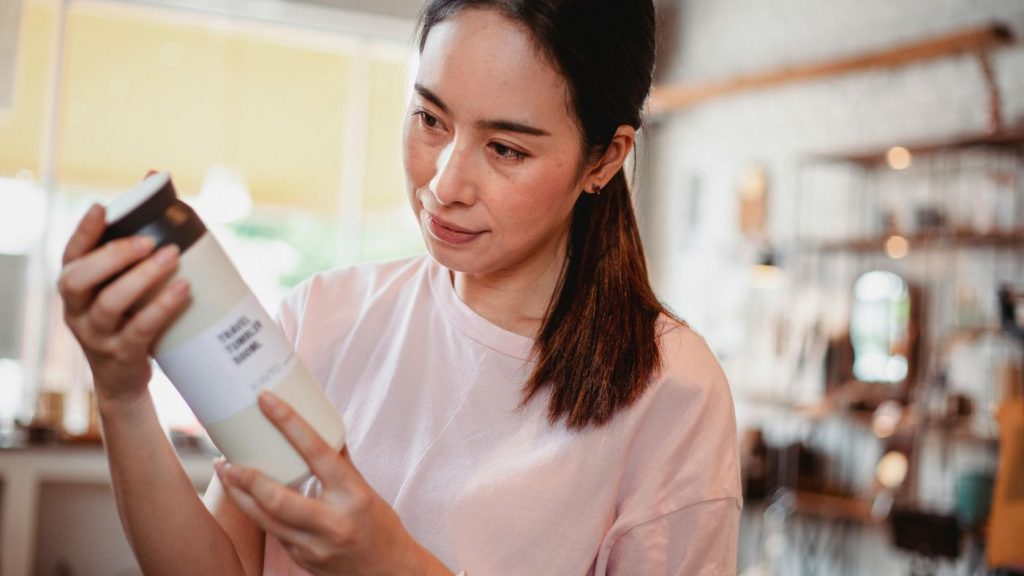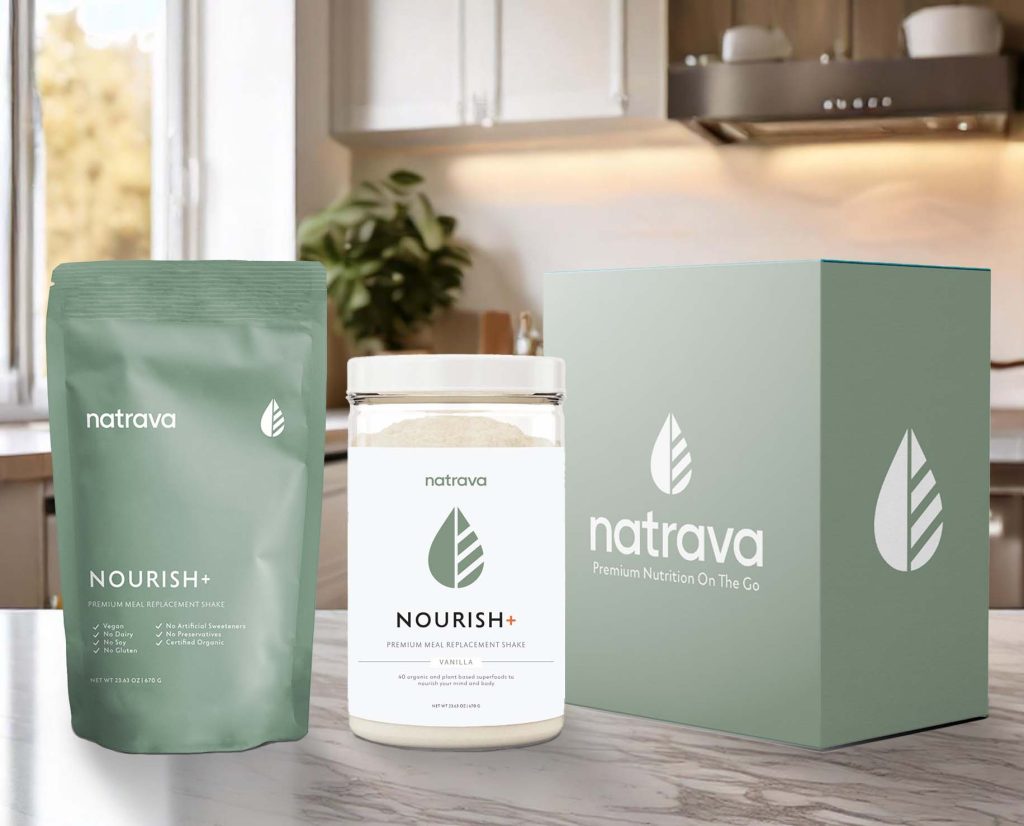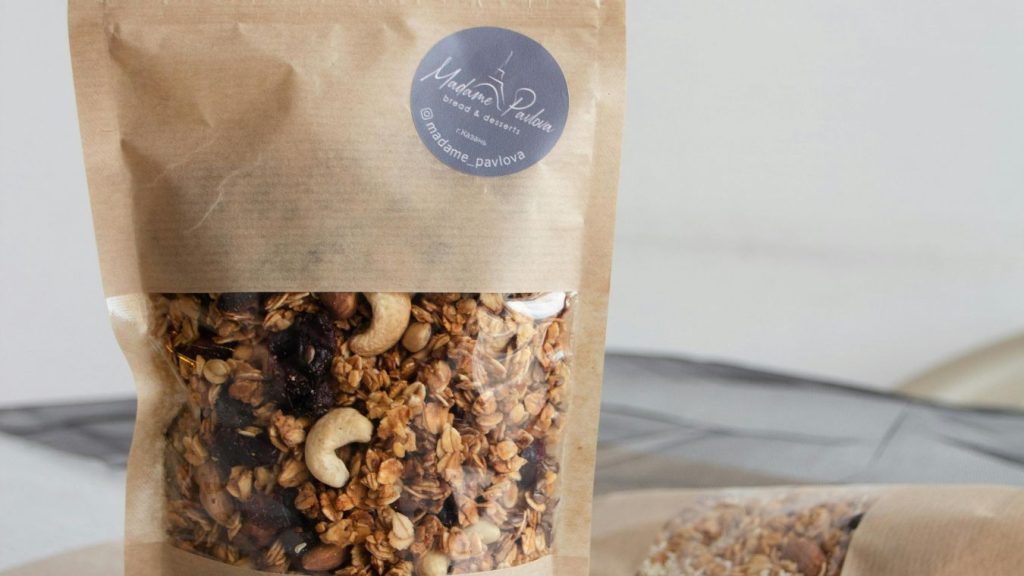Designing Packaging That Sells: What CPG Brands Need to Know

Packaging is the first impression your product makes on consumers. In the competitive world of Consumer Packaged Goods (CPG), having a well-designed package can mean the difference between a sale and being ignored on the shelf. But great packaging goes beyond aesthetics—it must communicate your brand identity, attract your target audience, and be functional and sustainable.

When consumers walk into a store or browse online, they make split-second decisions about what products to trust, try, and ultimately buy. Your packaging needs to capture their attention instantly, tell them exactly what they need to know, and create a connection that makes them choose your brand over another. That means understanding who your customers are, what matters to them, and how your packaging can enhance their experience rather than just being another item on the shelf.
Why Packaging Matters the Most
Think of your packaging as your brand’s handshake—it introduces your product, communicates its value, and leaves a lasting impression.—it introduces your product, communicates its value, and leaves a lasting impression. It’s the bridge between your marketing efforts and the actual moment of purchase. You can have the best product in the world, but if your packaging doesn’t stand out or communicate effectively, you’re losing potential customers before they even try what you offer.
Great packaging achieves three things: it grabs attention, conveys the brand story, and builds trust. It’s not just about colors and fonts; it’s about psychology, strategy, and understanding consumer behavior. A compelling design ensures your product isn’t overlooked, while well-thought-out messaging and structure make consumers feel confident in their decision to purchase. At Aventive Studio, we have worked with over 300 brands and have seen firsthand how strategic packaging impacts sales, customer perception, and brand loyalty.

The Key Elements of High-Impact Packaging
Your brand identity should be evident at first glance. Every touchpoint, from your logo placement to color schemes and typography, should align with your overarching branding. If your packaging looks different from your website or social media presence, there’s a disconnect that weakens your brand recognition. Consistency is what turns a product into a household name.
Functionality is another non-negotiable. If a package is difficult to open, leaks, or isn’t practical for everyday use, customers won’t buy it again—no matter how beautiful it looks. Design should enhance the product experience, making it easy, intuitive, and enjoyable to use. That means considering materials, closures, portability, and how the product will be stored. A well-designed package is seamless—it feels natural in the customer’s hands and integrates effortlessly into their lifestyle.
Sustainability isn’t just a trend; it’s an expectation. Modern consumers care about environmental impact, and if your packaging is wasteful or difficult to recycle, it can hurt your brand reputation. Many brands are moving toward biodegradable, compostable, or refillable packaging solutions to align with customer values. If your packaging is sustainable, make sure you communicate it clearly—people want to feel good about what they’re buying.
Designing for Emotional Connection
Customers don’t just buy products; they buy experiences, stories, and values. Your packaging should reflect your brand story in a way that resonates emotionally. This could be through visuals, copywriting, or even the texture of the materials you use. A minimalist, sleek design might work well for a high-end skincare line, while a bold, playful aesthetic might be ideal for a children’s snack brand. Understanding your audience’s emotions and aspirations will help you craft packaging that speaks to them directly.

Telling your story doesn’t have to be complicated. Simple phrases like “Handcrafted in Small Batches” or “Inspired by Generations of Tradition” add depth to your product without overwhelming the customer with unnecessary details. QR codes that lead to behind-the-scenes videos or testimonials can also build trust and engagement.
The Role of Packaging in Brand Loyalty
Attractive packaging might get customers to buy once, but thoughtful, well-designed packaging makes them return. Refillable containers, premium textures, and unique unboxing experiences all contribute to a sense of brand loyalty. If opening your product feels special, consumers will remember it—and more importantly, they’ll want to share it. That’s why influencer marketing often hinges on beautiful packaging; people love to showcase aesthetically pleasing products.
Interactive packaging is another way to keep customers engaged. QR codes can offer discounts, exclusive content, or educational information about your product’s ingredients or origins. When customers feel like they’re getting something extra, they develop a stronger connection to your brand.
How to Get Packaging Right Before You Launch
Testing is one of the most overlooked yet essential parts of packaging development. Many brands invest heavily in design, only to realize post-launch that the packaging isn’t as functional or effective as they thought. Conducting focus groups, gathering feedback, and running A/B tests with different versions can help ensure your final design is the right one.
Real-world testing can reveal issues you didn’t anticipate, such as packaging that gets damaged in transit, colors that don’t print as expected, or text that’s hard to read under store lighting. This is exactly what we did for our client, WagWholistic, at Aventive Studio. We worked closely with them to refine their packaging design, ensuring it not only aligned with their brand identity but also stood out on shelves and resonated with their target audience. By incorporating sustainable materials, enhancing usability, and optimizing the design for retail success, we helped them create a package that elevated their brand and boosted sales. Getting feedback before mass production saves time, money, and potential rebranding headaches.

Conclusion: Investing in Packaging for Long-Term Success
Designing Packaging That Sells: What CPG Brands Need to Know It plays a direct role in product sales, customer loyalty, and brand perception. Whether you’re launching a new product or redesigning existing packaging, taking the time to ensure your design is strategic, functional, and aligned with consumer expectations is critical.
If you’re ready to create packaging that not only looks stunning but also sells, we can help. At Aventive Studio, we specialize in brand strategy and packaging design that drives real results. Contact us today to learn how we can elevate your product’s presence and increase your sales.
